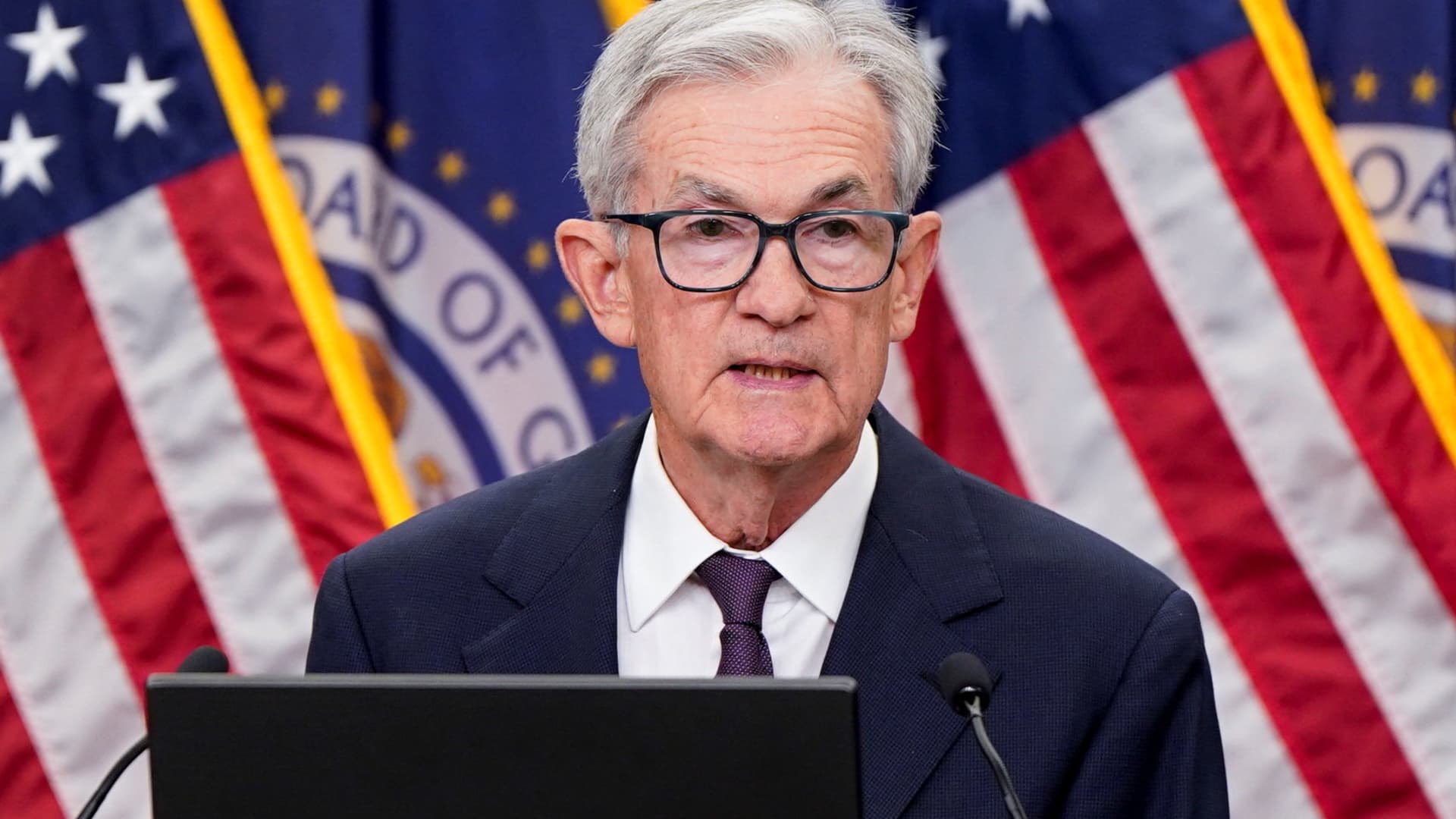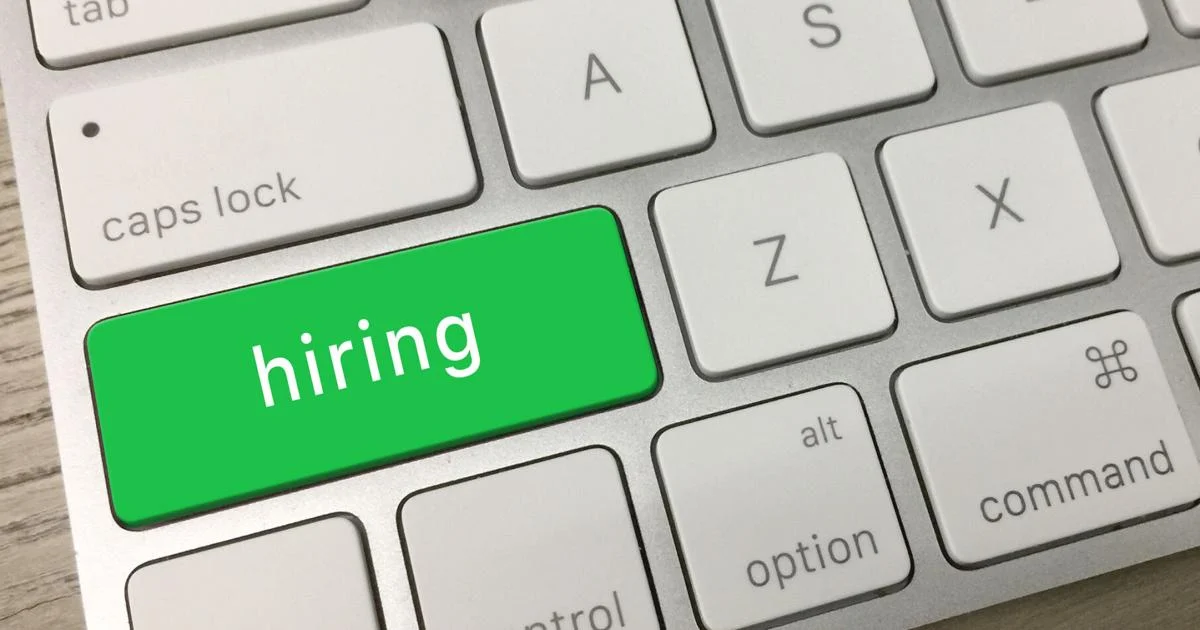
Federal Reserve Chair Jerome Powell said last week that equities are “fairly highly valued.” Such warnings haven’t kept the stock market from going higher in the past. JPMorgan strategist Fabio Bassi looked at S & P 500 returns after Powell, as well as previous Fed Chairs Alan Greenspan, Ben Bernanke and Janet Yellen, issued similar warnings. On average, the benchmark returned 8.5% to investors six months after and nearly 13% in the year following. In fact, the S & P 500 saw a return of 27.2% one year after Greenspan famously sounded the alarm in December 1996 about “irrational exuberance” in the market. Stocks returned 22.6% in the 12 months after Powell said in December 2020 that equity valuations were high. “Although these remarks occurred amidst varying macroeconomic conditions, most were made during periods of accommodative monetary policy,” Bassi wrote to clients. Indeed, the Fed lowered its benchmark rate about a week before Powell’s latest comments on valuations. And while some investors have drawn parallels between current market conditions and those seen during the dot-com bubble in the late 1990s, Bassi said there are “significant differences at present.” “During the dotcom bubble, the Growth trade was driven by hockey stick earnings projections and investor’s/analyst’s euphoria with minimal fundamental support. … Current Growth stocks are already delivering strong double-digit organic growth with solid sales that are generating, in an oligopolistic environment, margins of ~25%, and already returning some of these profits back to shareholders via buybacks,” he said. To be sure, the artificial intelligence trade that has powered the S & P 500 to record highs lost some steam last week. Traders questioned whether the trend was sustainable while raising flags over the potentially circular nature of the industry. That said, investors continue buying seemingly every dip, propping up the market and the AI trade.



